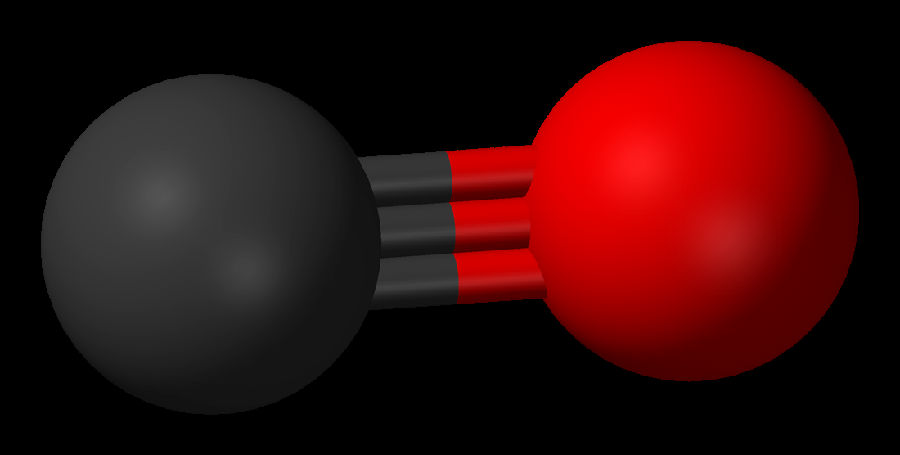Carbon monoxide suffocates people by attaching to their red blood cells, preventing them from carrying oxygen.
一氧化碳通过附着红细胞阻止它们携带氧气,从而使人窒息。
The gas is also attracted to certain metals and researchers are harnessing that characteristic to diagnose disease.
这种气体也被某些金属所吸引,研究人员正利用这种特性来诊断疾病。
Carbon monoxide we tend to think of as a poisonous gas that we find perhaps in our homes as a result of a faulty boiler or coming out back of cars
我们会认为一氧化碳是有毒气体,家里就有一氧化碳,比如故障烧水壶或是汽车尾气,
but actually our body produces small amounts of carbon monoxide as a messenger molecule
但实际上我们自身产生少量的一氧化碳,我们可以将它看成是信使分子,

which turns on and off various processes in the body to react to abnormalities such as disease.
当遇到疾病等异常情况时,它可以控制身体机能的开关。
The team at Imperial College London designed an organic molecule that fluoresces under ultraviolet light but only when carbon monoxide is present.
帝国理工学院团队设计了一个有机分子,在紫外线照射下具有荧光反应,但前提是只有在一氧化碳存在的情况下。
The technology has great potential for future applications in medical diagnostics.
该技术在医学诊断中具有广阔的应用前景。
If we can detect carbon monoxide in these very small amounts, we can actually tell when something is starting to go wrong.
身体中的一氧化碳量不大,如果我们能检测到它,那么就知道身体会在什么时候出现问题。
And as a result, we can then administer therapy to be able to treat that disease;
从而做出针对疾病的诊疗方法,
also of course if we do have carbon monoxide detection at our fingertips,
当然,如果我们有能立刻派上用场的一氧化碳检测设备,
we can then start to use it perhaps even in settings like the GP surgery
那么我们可以在全科医生诊所使用,
where we could detect abnormal levels of carbon monoxide in biopsies for example
以活检为例,我们可以检测一氧化碳异常水平,
from patients without having to go to main hospital and to the labs that they have available there.
这样病人就不用去拥有这种设备的大医院或者实验室了。
There's evidence suggesting carbon monoxide may play a role in resolving inflammation and possibly alleviating cardiovascular disorders.
有证据表明一氧化碳可能在解决炎症和缓解心血管疾病方面发挥作用。
I'm Faith Lapidus, VOA News.
美国之音新闻,法斯·拉皮德斯报道。


